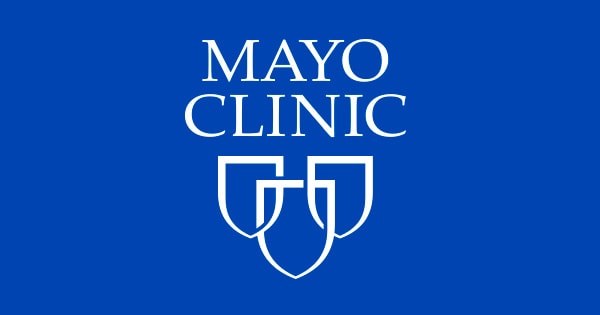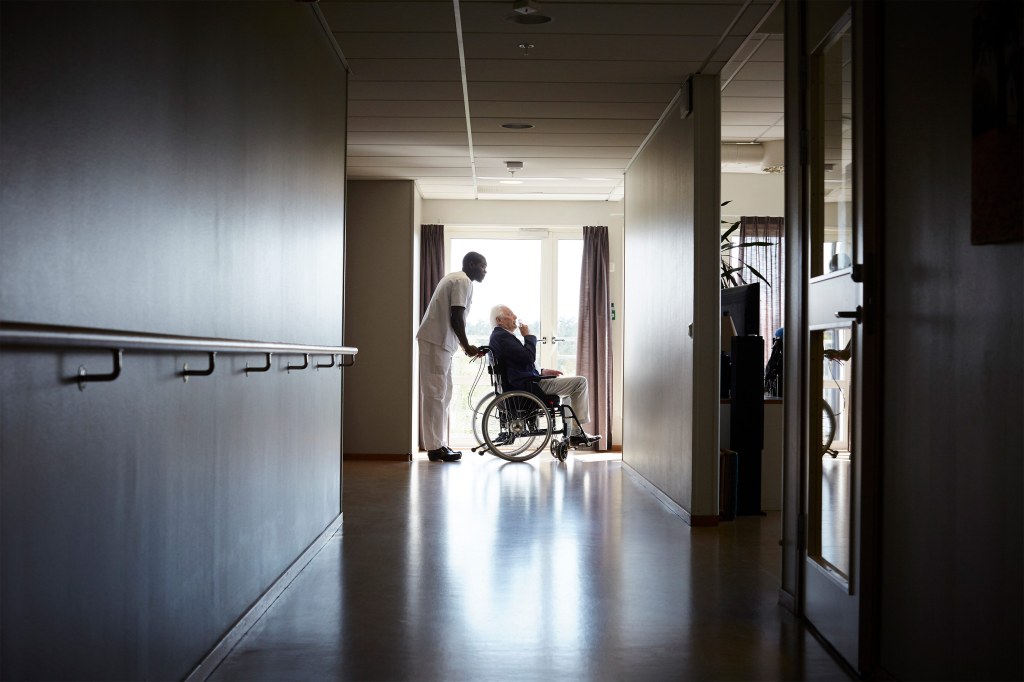Millions miss out on routine care, including vaccination. Educational crisis also impacts their social, mental, and physical wellbeing.
Washington D.C. January 26 (PAHO) – As the COVID-19 outbreak reaches its third year in the Americas, millions of children are missing out on routine vaccinations, putting countries at risk of losing two decades of immunization progress, the Pan American Health Organization Director Carissa F. Etienne warned.
“Countries are seeing outbreaks of diseases that for years had been under control,” she said during a media briefing today, including measles in Brazil and diphtheria in Haiti and the Dominican Republic.
This week, countries reported the highest number of weekly cases since the pandemic began – more than 8 million. Deaths also increased by 37% from the previous week, reaching 18,000.
As more people of all ages are becoming infected, the PAHO Director highlighted that while hospitalizations and severe cases are more frequent among children with preexisting diseases, such as diabetes and asthma, most of these children recover.
At the same time, however, children continue to miss out on their regular doctors’ visits, and many remain out of the classroom, jeopardizing their social, mental, and physical wellbeing.
“For some children, schools are safe havens to learn, to socialize, to receive mental health support and to get a nutritious meal,” Dr. Etienne said.
The PAHO Director asked parents and caretakers to bring their children to routine medical appointments and urged countries to ensure these services are “open and available.”
“Countries must see routine immunizations for what they are: essential. These services were critical before the pandemic, and they remain central to our COVID responses, so our children don’t fall further at risk,” she said.
Dr. Etienne also called on Ministries of health, education, and social protection to work together “to bring as many of our children as possible back to school safely.”
PAHO has published detailed guidelines to facilitate the return to in-person learning, and the Director said that “by promoting mask wearing and social distancing and ensuring adequate ventilation, countries can safely reopen schools.”
When it comes to vaccinating healthy children against COVID-19, the PAHO Director highlighted that countries must first “ensure that coverage among groups at highest risk of COVID-19 disease and death is high.”
While twelve countries and territories in the Americas have already reached WHO’s 70% vaccination target, many, particularly in the Caribbean, still have low coverage among at-risk groups such as the elderly and health workers.
However, in countries where “vulnerable groups have already been protected and where additional vaccine supplies may be available, countries should consider the benefits of vaccinating children to further reduce the transmission of SARS-CoV-2.”
The PAHO Director also called for countries to prioritize the collection of localized data on COVID-19.
“Now more than ever, we need data about how this virus is affecting different ages, genders, groups, and geographies,” she said. This will enable countries to identify gaps and target resources to those that need them the most.
Turning to the COVID-19 situation in the region, in North America, cases in the United States decreased by around one million over the last week, but many of Mexico’s southern states have seen new infections triple.
Belize reported the highest rates of new infections in Central America, though infections are also accelerating in Honduras and Costa Rica.
COVID cases are also on the up in South America, with spikes in Argentina and Brazil, as well as high numbers of infections in Paraguay, the Guianas, Bolivia, Peru, and Ecuador.
In the Caribbean, significant surges in infections were reported in Haiti and Martinique.
Note: This article have been indexed to our site. We do not claim legitimacy, ownership or copyright of any of the content above. To see the article at original source Click Here













